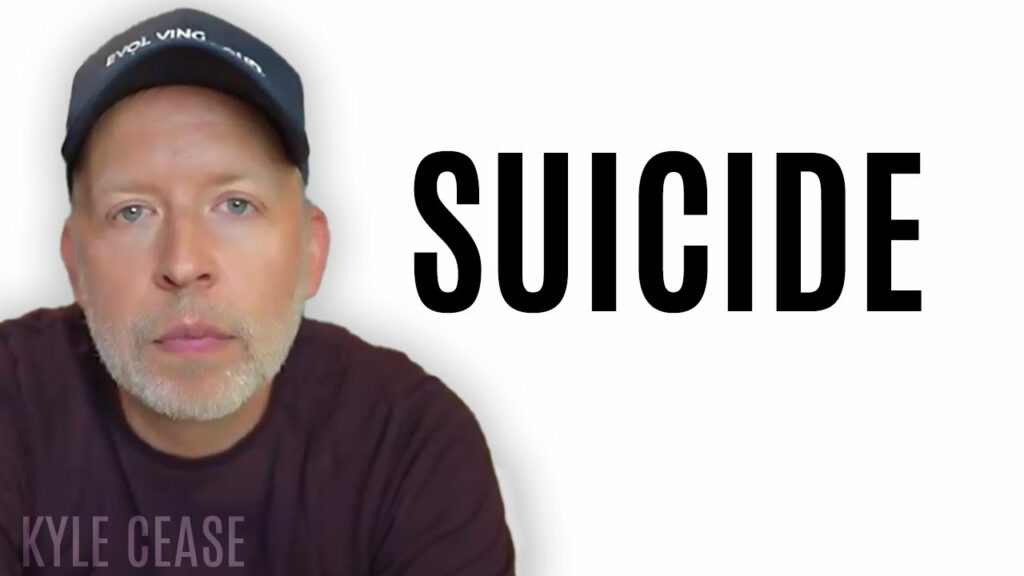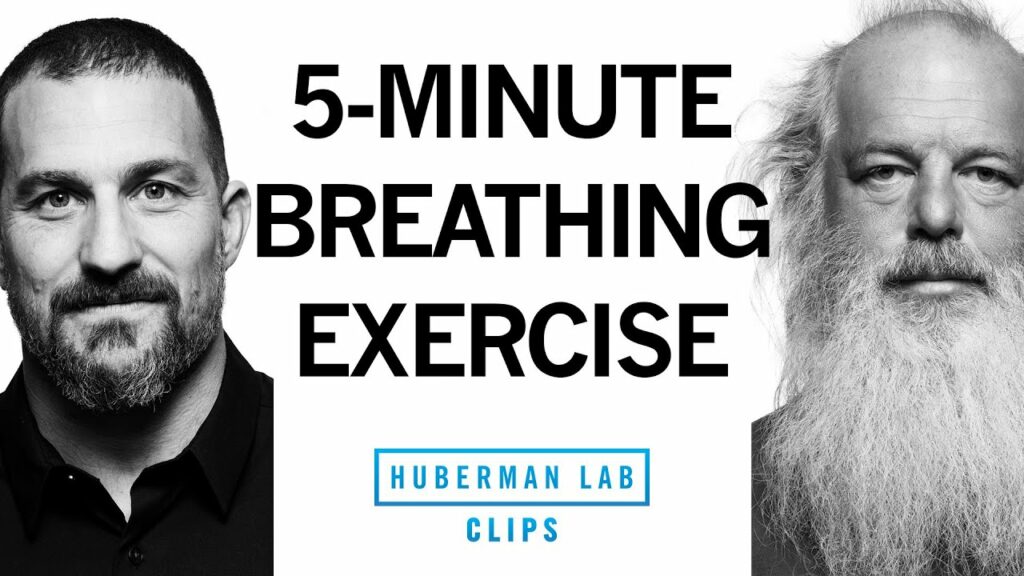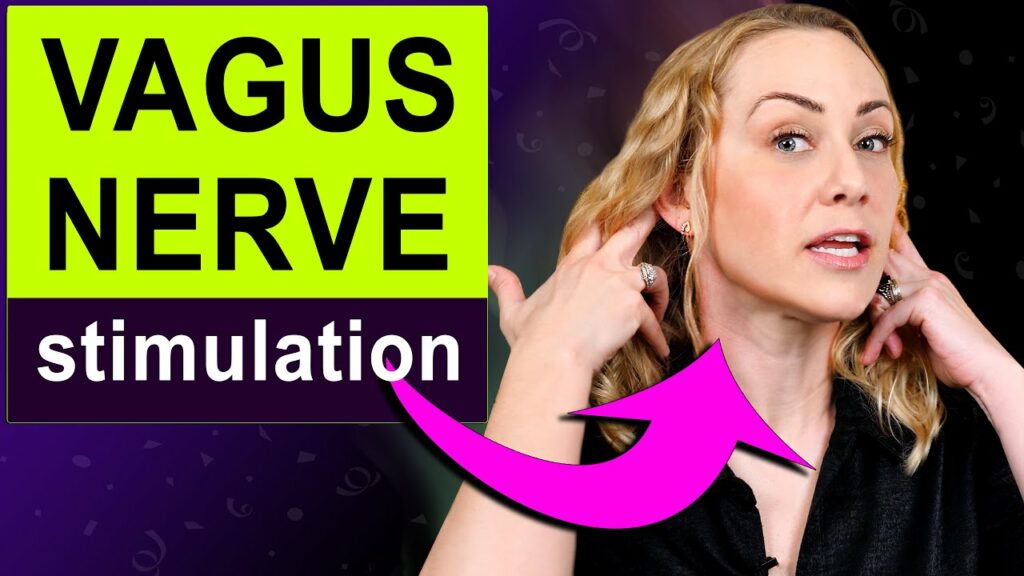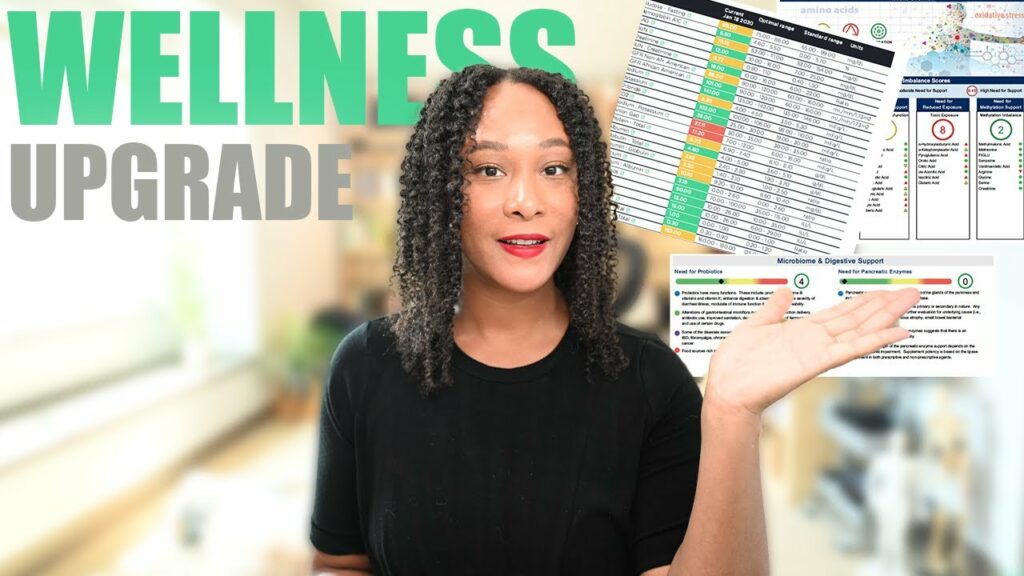Yoga Nidra (conscious relaxation)
Discover the Power of Yoga Nidra: Deep Relaxation for the Body and Mind Yoga Nidra: Unlocking Deep Relaxation and Inner Calm Yoga Nidra, often referred to as “yogic sleep,” is a powerful relaxation technique that guides practitioners into a state of profound rest while remaining conscious. Unlike traditional meditation, Yoga Nidra is practiced lying down, […]
How To Be The LOVE You Seek – Dr. LePera & Dr. Ramani

Finding the Love Within Personal Vulnerability and Professional Integration Sharing personal experiences can deeply enrich professional practice, fostering genuine connections with clients. A poignant example is the speaker’s story about their mother’s illness during the pandemic. This vulnerable moment underscored the importance of blending personal life with professional duties, allowing psychologists to bring their whole […]
Suicide: 7 Realizations That Saved Me – Kyle Cease

7 Life-Saving Insights on Overcoming Suicidal Thoughts Suicide is a difficult and taboo topic, but it’s crucial to address it openly and honestly. Kyle Cease, a spiritual speaker who has faced suicidal thoughts many times, shares seven profound realizations that helped him overcome these dark moments. These insights, although not from a psychiatrist, can offer […]
5 Minute Breathing Exercise – Rick Rubin & Andrew Huberman

Enhancing Heart Rate Variability: A Coherence Breathing Exercise In this article, we explore a coherence breathing exercise designed to increase heart rate variability (HRV) and promote relaxation and well-being. Developed as a tool for enhancing HRV, this exercise offers a simple yet effective way to manage stress and improve overall health. Shop Huberman On Amazon […]
How To Stimulate The Vegas Nerve

Stimulating the Vagus Nerve: A Comprehensive Guide In this comprehensive guide, we delve into the fascinating world of the vagus nerve, exploring its functions, its impact on mental health, and various methods to stimulate it for improved well-being. Understanding the Key to Mental Health and Well-Being The Vagus Nerve: An Overview The vagus nerve, also […]
What Are Wim Hof Records & Incredible Feats

The Ice Man’s World Records & Pushing To The Limit Wim Hof, often dubbed “The Iceman,” stands as a living testament to the extraordinary capabilities of the human body and mind. Through a series of awe-inspiring feats, Hof has shattered conventional notions of what is physically possible, pushing the boundaries of human endurance and resilience […]
Embracing Self-Love: A Journey of Transformation and Healing

The Transformative Power of Love: A Journey to Self-Discovery and Healing The Path of Love: Transformation Through Letting Go In the pursuit of love, a profound journey of self-transformation is required. Dr. Joe Dispenza emphasizes that to truly find love, one must undergo a process where anything within oneself that isn’t love must undergo a […]
Jessica Norton ND

Jessica Norton ND: Nurturing Health and Wellness with Naturopathic Medicine Dr. Jessica Norton, ND, is a passionate advocate for holistic health and wellness, dedicated to empowering individuals on their journey to optimal well-being. As a licensed naturopathic doctor, she combines the wisdom of traditional healing practices with modern scientific knowledge to provide comprehensive and personalized […]
Marc Mero: I Finally Get It!

“I Finally Get It!”: Marc Mero’s Journey to Inspire and Impact Lives Mom is just a word till someone gives it meaning. Discovering Meaning, Purpose, and Redemption Through Adversity Welcome to the transformative journey of Marc Mero, a story of resilience, redemption, and the power of second chances. In this exploration, we’ll delve into Marc’s […]
Top Ten Exercises – Ask Doctor Jo

Maximize Your Fitness: Ask Doctor Jo’s Top Ten Essential Exercises Ask Doctor Jo Top Ten Exercises: In the quest for improved health and fitness, finding effective exercises that target multiple muscle groups and enhance overall strength and mobility is key. Fortunately, Dr. Joanne Keller, known as Ask Doctor Jo, has curated a list of her […]
Full Body Stretching

Meet Dr Jo: The Ask Dr Jo Youtube Channel “Meet Dr. Jo: The Ask Doctor Jo YouTube Channel” is a treasure trove of invaluable resources for anyone looking to improve their physical health and well-being. Dr. Joanne Keller, affectionately known as Dr. Jo, is a licensed physical therapist with a passion for educating and empowering […]
